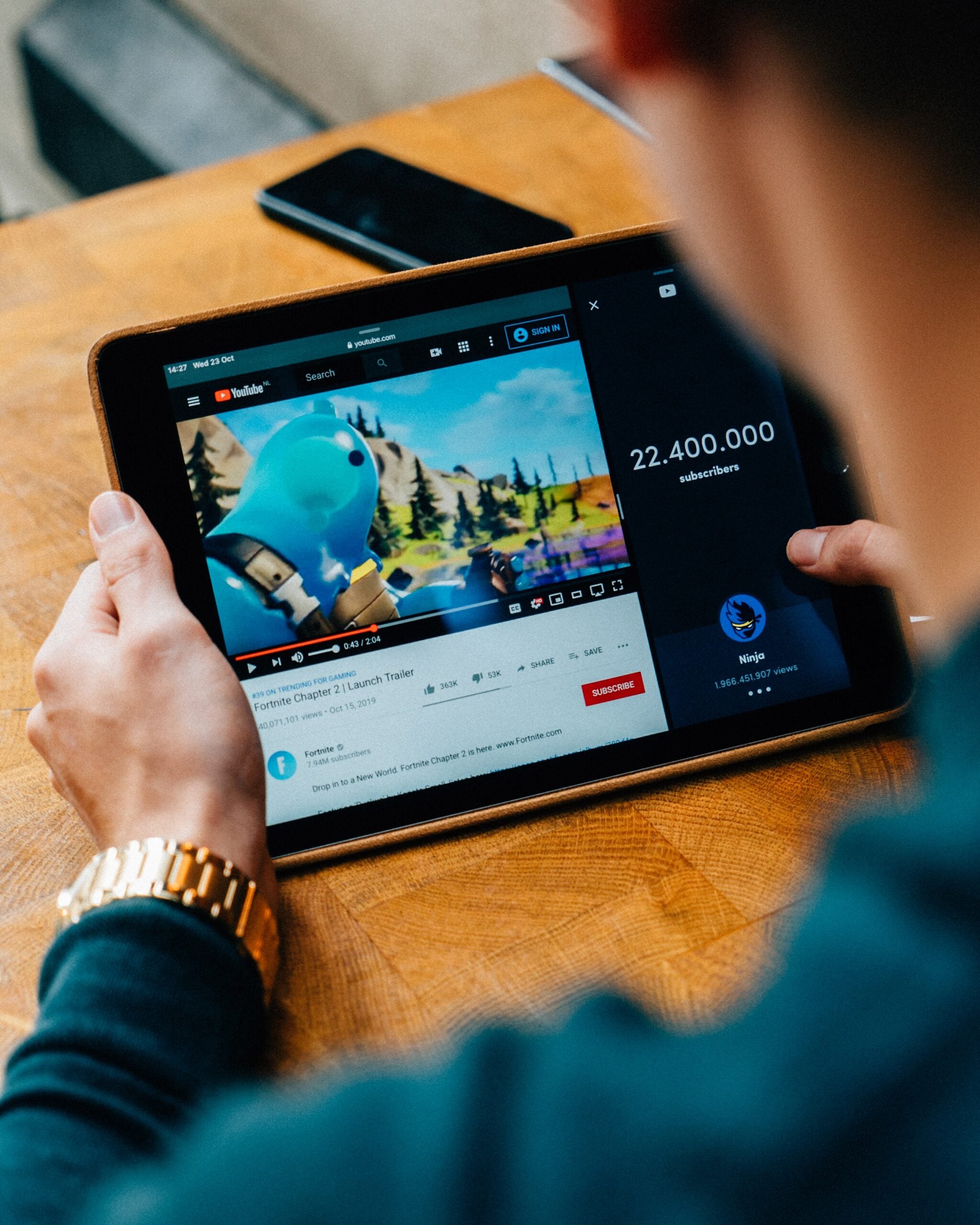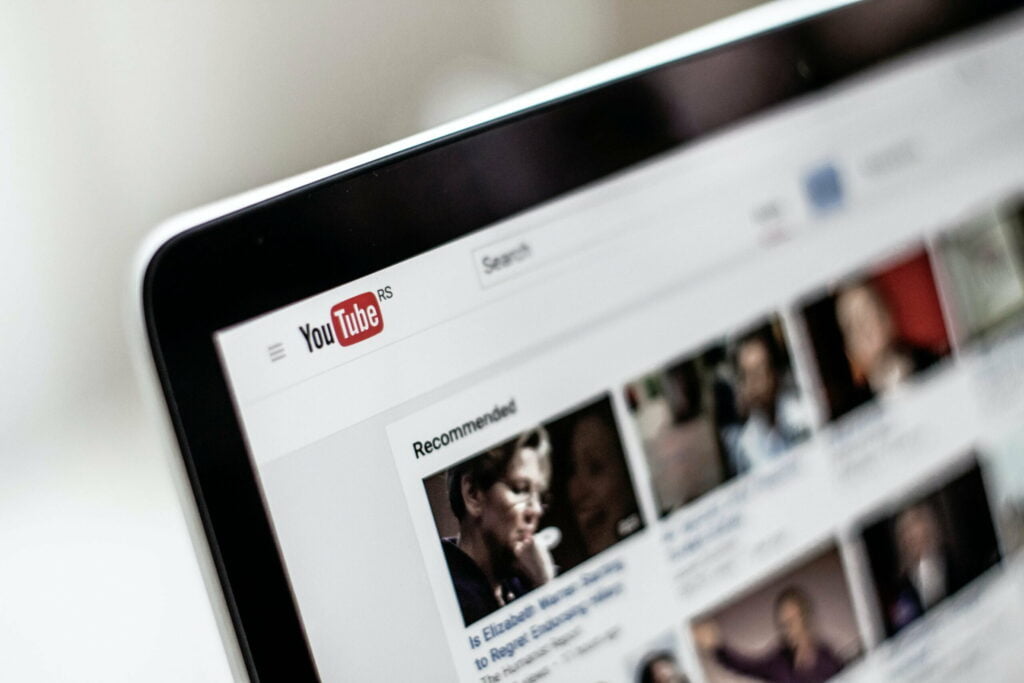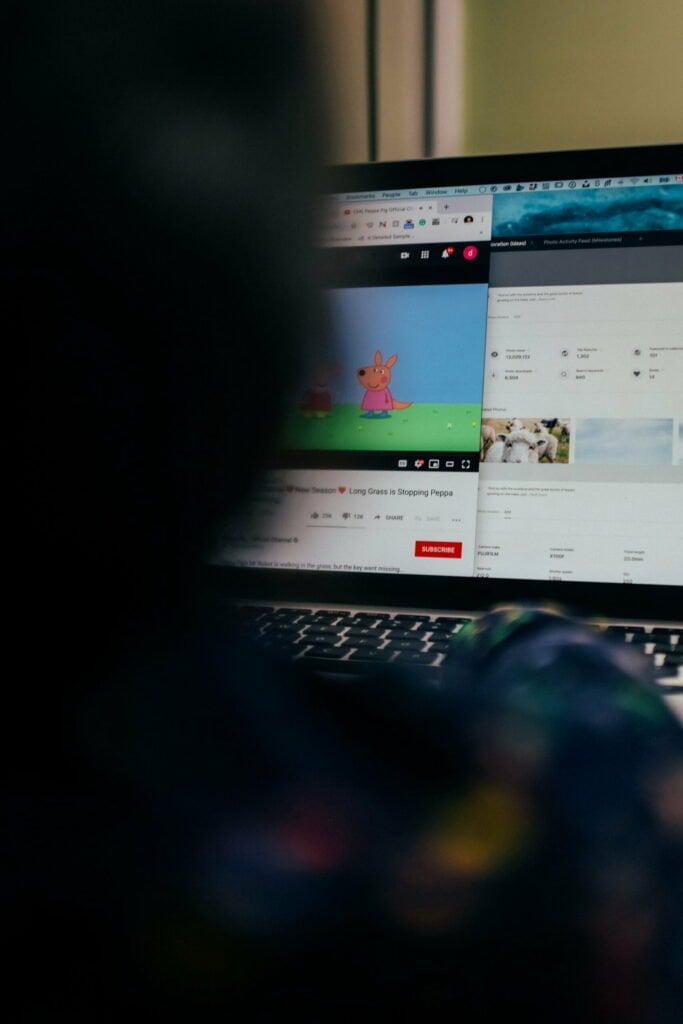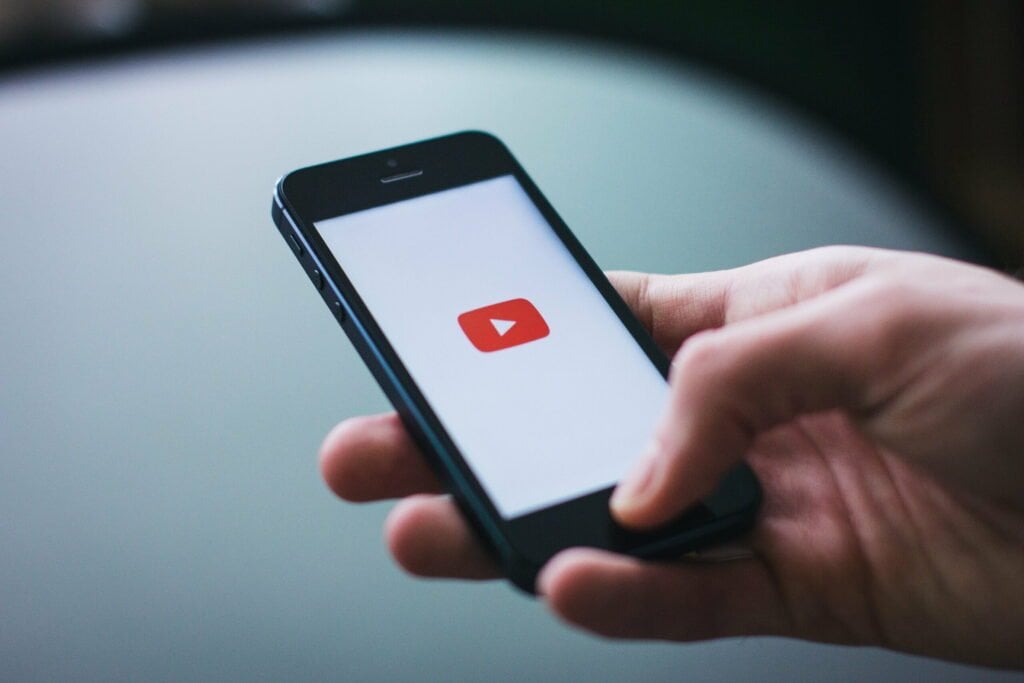As marketers and content creators, it is essential to understand the many facets of copyright law on YouTube. Whether you create your videos or repurpose existing ones, protecting yourself from potential claims of copyright infringement is important.
In this blog post, we will dive deeper into the ins and outs of copyright claims on Youtube – providing an overview of why they are used, how they work and best practices for mitigating risk when using copyrighted material in your videos.
Table of Contents
What’s a Copyright Claim on YouTube?
A copyright claim on YouTube can be a confusing and intimidating concept. In short, your video or content has been flagged for containing copyrighted material.
It could be someone else’s music, movie footage, art, or other intellectual property. Depending on the situation, there could be a “block” or a “monetization” claim; the former means no one can view your content, and the latter means that while people can watch your video, they cannot make any money off of it.
For those violating claims, YouTube provides a few options and sometimes counselling services to help rectify the situation. As frustrating as it may be to receive such a notification about something you may not have known was patented, understanding what it all means is key to resolving the issue quickly so you can get back to making videos!
What is Copyright Strik on YouTube?
YouTube copyright strikes are a form of legal action taken when someone posts content on YouTube that infringes upon the copyright rights of another. In most cases, the strike is given by YouTube for posting content without permission or for repeating other copyrighted works too closely. If you receive one of these strikes, it will be listed on your channel’s page, and it could lead to severe consequences such as losing access to certain features or even having your account deleted.
Copyright strikes have become an increasingly important part of digital media – especially streaming services like YouTube – as more people try to use existing content in their own videos or postings. Understanding the implications of copyright strikes is essential if you’re a content creator looking to ensure that you don’t infringe upon anyone else’s work.
What’s the Difference Between a Copyright Claim and a Copyright Strike?
It can be confusing to understand the difference between a copyright claim and a copyright strike, but it’s important to know their distinctions.
A copyright claim is a notification by content owners that their copyrighted material has been used without their permission.
A copyright strike is given when there are multiple violations of copyright law by an individual or entity.
Copyright claims do not involve legal action and do not affect the user’s account status. In contrast, copyright strikes can result in suspended accounts or other penalties like loss of monetization privileges, removal from partner programs, or channel termination.
It is important to consider both types of notices due to the potential implications they may have, as they are both serious matters that all content creators should take seriously.
What happens when my video gets a copyright claim?
When a video receives a copyright claim, it is typically due to content in the video that belongs to someone else. The owner of the material can send out a notification or flag it during an audit of their material to protect their copyrighted content.
When this occurs, the uploader will get a notification of who made a claim and which material is in question. Before releasing the material, they will be asked to review and accept any terms.
Further action may be taken if ignored, such as having your video removed or even having legal charges brought against you. It’s important to take copyright seriously and ensure that all videos have been legally released before uploading.
What is a copyright takedown notice on YouTube?
A copyright takedown notice on YouTube is a notification sent to a user who has uploaded content on the platform in violation of another party’s copyrighted material. It is a way for copyright owners to protect their intellectual property, and it helps YouTube stay in compliance with the Digital Millennium Copyright Act.
When someone receives an official takedown notice from YouTube, they have up to ten days to challenge it or risk having their content removed from the site. Once a DMCA takedown request is made, YouTube will investigate and decide whether or not to take down the supposedly infringing content.
If necessary, appeals may be filed, and if no settlement can be reached, then the courts will determine the matter. By taking notice of copyright laws and responding appropriately to takedown notices, millions of users continue to share amazing content on YouTube daily.

The Impact of a Copyright Claim on Your YouTube Channel:
Although you may not anticipate it, having a copyright claim on your YouTube channel can deeply impact you. From receiving an unexpected cease and desist from the content owner to losing access to monetization or having your video removed, these consequences can hurt subscriber growth and viewership and even damage your reputation with viewers.
Even if you’re taking all the necessary measures to ensure copyright compliance, it’s important to remember that copyright claims come with the territory of being a YouTube creator.
Knowing how to protect yourself can help reduce the potential loss faced by this type of consequence.
How to fix a copyright claim on YouTube?
Fixing a copyright claim on YouTube can be a daunting experience. However, the process need not be too intimidating, as a few steps can be followed to handle the situation with relative ease. First and foremost, it is important to review the claim and determine whether it is valid.
If the claim is invalid, a counter-notification should be filed with YouTube to dispute the claim. If the claim is valid, options such as seeking permission from the copyright holder or using Creative Commons works may be explored to avoid further claims.
Taking action in an expedited manner can help ensure that viewers can watch your content without any copyright issues arising in the future.
Frequently Asked Questions:
What is a copyright claim on YouTube?
A copyright claim on YouTube is when someone notifies the platform that your video content violates their copyrighted material. The claimant can block access to the content, monetize it, or remove the video altogether.
How do I protect myself from copyright claims on YouTube?
The best way to protect yourself from copyright claims is to ensure that all content uploaded to YouTube is legally released. Additionally, closely reviewing any terms and conditions associated with the material before utilizing it can help prevent unexpected issues.
What are the consequences of a copyright claim on YouTube?
The consequences of a copyright claim can range from having your video removed to losing access to monetization opportunities. Additionally, receiving such claims may damage your reputation with viewers and hurt subscriber growth and viewership.
What should I do if my content is subject to a copyright takedown notice on YouTube?
If your content is subject to a copyright takedown notice, you should determine whether the claim is valid. If it isn’t, a counter-notification should be filed with YouTube to dispute the claim. Alternatively, if the claim is valid, options such as seeking permission from the copyright holder or using Creative Commons works may be explored. Taking action in an expedited manner can help ensure that viewers can watch your content without any copyright issues arising.
Conclusion:
So there you have it—a crash course in YouTube’s copyright claims process. Youtube is constantly tweaking its copyright policies, so it’s important to keep up to date on the latest changes by reading our blog or subscribing to our newsletter. While this system isn’t perfect and can sometimes be frustrating, knowing how it works will help you navigate the waters more easily should your channel ever receive a claim. And if you do get hit with a false claim, don’t forget that you have the right to file a counter-notification.




